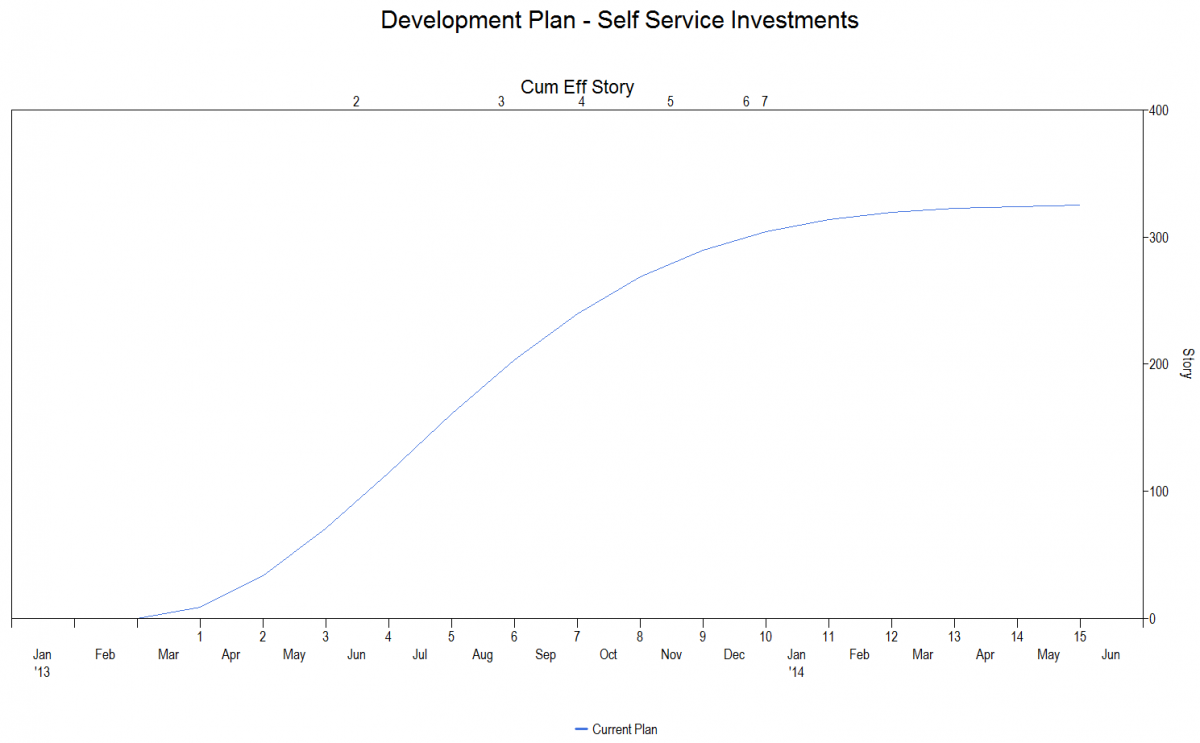Getting Staffing Right is the Key to Software Development Nirvana
Enterprise IT teams have been searching for years for the Holy Grail of software development: the greatest possible efficiency, at the least possible cost, without sacrificing quality.
This endless search has taken many forms over the years. Twenty years ago, development teams turned to waterfall methodologies as a saving grace. Soon after, waterfall begat object-oriented incremental or spiral, Rational Unified Development (RUP) practices.
Today, it’s agile development’s turn in the spotlight. C-suite executives are investing huge sums of money to develop their organizations’ agile methodologies. They’re also committing significant resources to train employees to work within agile frameworks.
Yet many projects are still failing, clients remain unsatisfied, and IT departments are often unable to meet scheduling deadlines. Why?
It’s the staff, not the method.
Whenever a project falls behind schedule, the natural inclination is to add more staff. There’s a belief that doing so will accelerate development and, ultimately, help the team hit their deadlines.
That’s not always the case, however. In fact, throwing more people at a project often results in slowing things down even more. Sure, your team might get a little bit of a short-term boost, but in the long run, you’ll have more connection points to manage (which can increase the potential for mistakes or defects) and higher costs.








